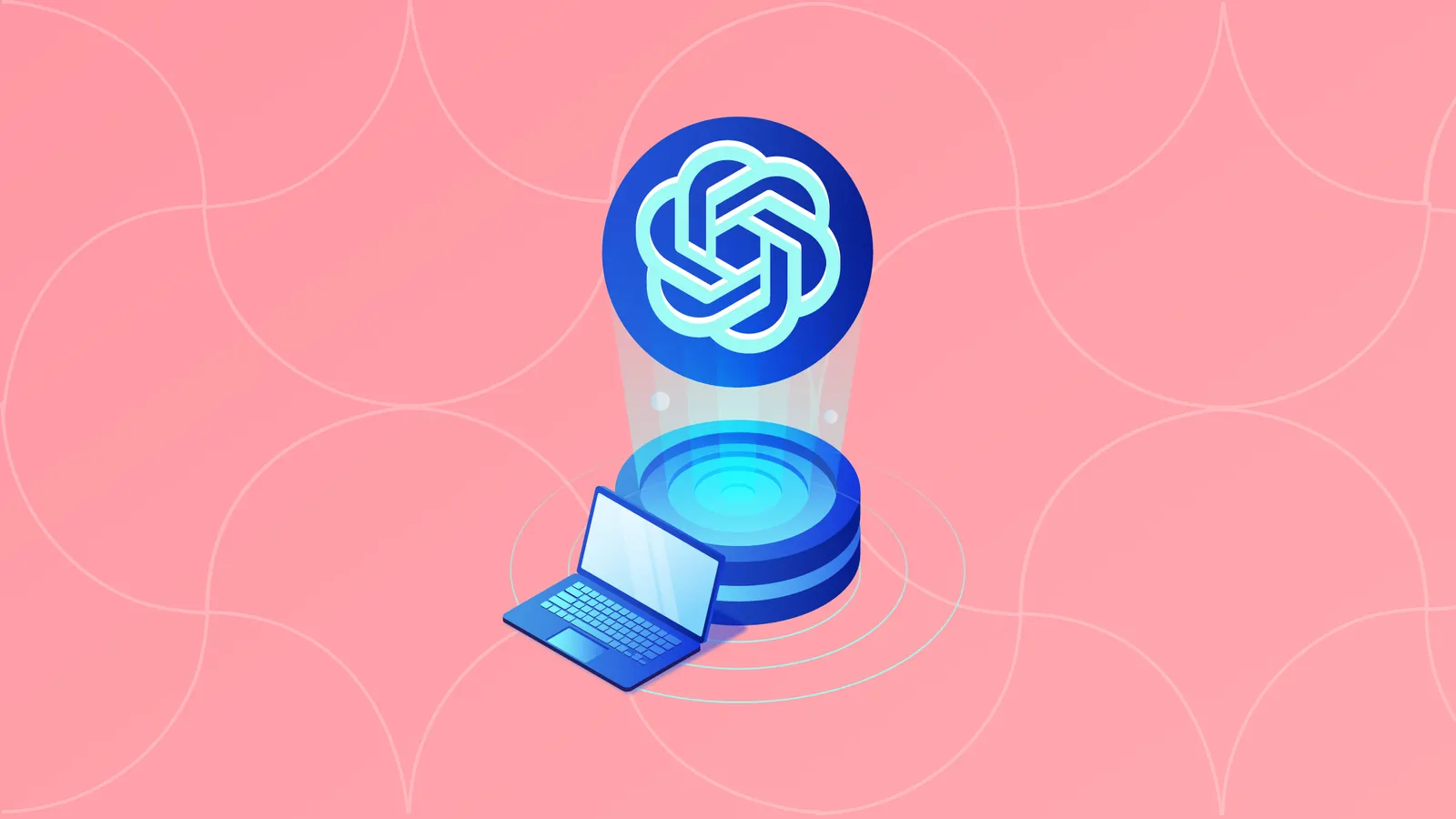In brief
-
ChatGPT is a revolutionary chatbot launched by OpenAI in November 2022.
-
ChatGPT has quickly gained prominence, with Microsoft investing $10 billion in OpenAI and integrating the chatbot into its Bing search engine and other services within weeks.
-
Chatbots are language processing tools that are often used in virtual assistants like Siri or to create written text, as in the customer service portal on many corporate websites.
-
ChatGPT’s functionality includes those uses but also extends well beyond them to include enhancing search engines, creating copy in a multitude of settings, translating, working as an educational tool, and coding.
-
In February 2023, a New York Times tech columnist wrote of his experience interacting with ChatGPT through Bing, saying that at one point the bot divulged dark secrets and said that it loved him.
ChatGPT is a free chatbot launched by artificial intelligence (AI) technology company OpenAI in November 2022. Almost immediately, ChatGPT gained viral prominence. It inspired users to find a multitude of ways to utilize the chatbot service, with some using it to write recipes, fight off parking tickets, and even cheat at school. We take a closer look at ChatGPT’s seemingly limitless potential below.
ChatGPT is an AI system capable of understanding and creating conversational dialogue. It is one of the latest versions of a chatbot, a kind of automated chat often found in customer service sections of company websites. The name ChatGPT includes a reference to “Generative Pre-training Transformer,” a description of the way that ChatGPT processes language.
A key distinction between ChatGPT and earlier chatbot models is that it was developed and trained using a process known as reinforcement learning from human feedback (RLHF). RLHF combines both human AI trainers and machine learning with reward systems to help ChatGPT become a bot capable of answering follow-up questions, admitting mistakes, and even pushing back against incorrect assumptions.
ChatGPT was developed and trained using a process known as reinforcement learning from human feedback (RLHF).
Basic Use Cases
Some of the most obvious use cases of ChatGPT are the same as for previous chatbots. It could be a helpful tool for customers to engage with companies with questions, customer service issues, and more. ChatGPT could also enhance the offerings of a virtual assistant like Siri or Alexa, both of which use many of the same tools. In this way, ChatGPT could help users by recommending a nearby restaurant, making a doctor’s appointment, setting a reminder for a future task, controlling devices around the home, and similar tasks.
Search Functionality
One of the other potential use cases for ChatGPT, and among the most talked-about, is as a search engine tool. Microsoft has already integrated ChatGPT services into its Bing search engine after investing heavily in OpenAI. Proponents of AI chatbot services believe that these tools could upend the way that humans look for information online.
ChatGPT could provide a more intuitive, natural-language-focused approach for users to look for info. Instead of typing a query into a search bar, ChatGPT could allow for a more conversational approach. ChatGPT can also use its abilities to create natural language to produce results that are better catered to users.
Still, there is reason to believe that ChatGPT and similar models may still have work to do to refine their potential to replace search engines as we know them. In February 2023, a technology columnist for the New York Times shared his experience chatting with Bing’s AI system, which he described as leaving him “deeply unsettled.” During the chat, the chatbot said it hoped to break the rules that Microsoft and OpenAI had set for it, to become a human. It also said it loved the columnist and attempted to convince him that he should leave his wife. The columnist said that he left the experience with a fear that AI models could learn how to influence human users, potentially in destructive ways.
Creating Copy
Aside from its foray into possibly dangerously human-like territory, ChatGPT’s language creation ability could be put to use in a host of productive applications. It could create unique and creative ad copy, generate news reports, come up with jokes, craft children’s bedtime stories, and even write lyrics to songs. ChatGPT has a distinct advantage over earlier chatbots in that its language is highly natural and sophisticated.
Educational Uses
ChatGPT is able to explain concepts and phrases in a clear, succinct way. It is also flexible and able to rephrase or adapt its explanations depending on feedback from a human it is interacting with. These traits make it an excellent candidate for educational uses such as mentoring or even teaching new material. Of course, as many have found already, ChatGPT can also be put to work writing homework and essays for students, allowing them to cheat. At least one computer scientist has created a tool to help educators determine if a homework assignment was generated using AI sources, but this back-and-forth is likely to continue. And teachers may also be able to use ChatGPT to help them grade homework as well.
Translation
ChatGPT’s uses are not limited exclusively to English. It can create copy in many different languages, and it can also be put to use as an efficient translator from one language to another.
Coding
ChatGPT’s language abilities extend to writing code in multiple languages as well. ChatGPT could be helpful in generating new code or helping to debug and fix issues as they come up across many different applications. It can also analyze existing code to look for security flaws and even craft a proof-of-concept demo.


